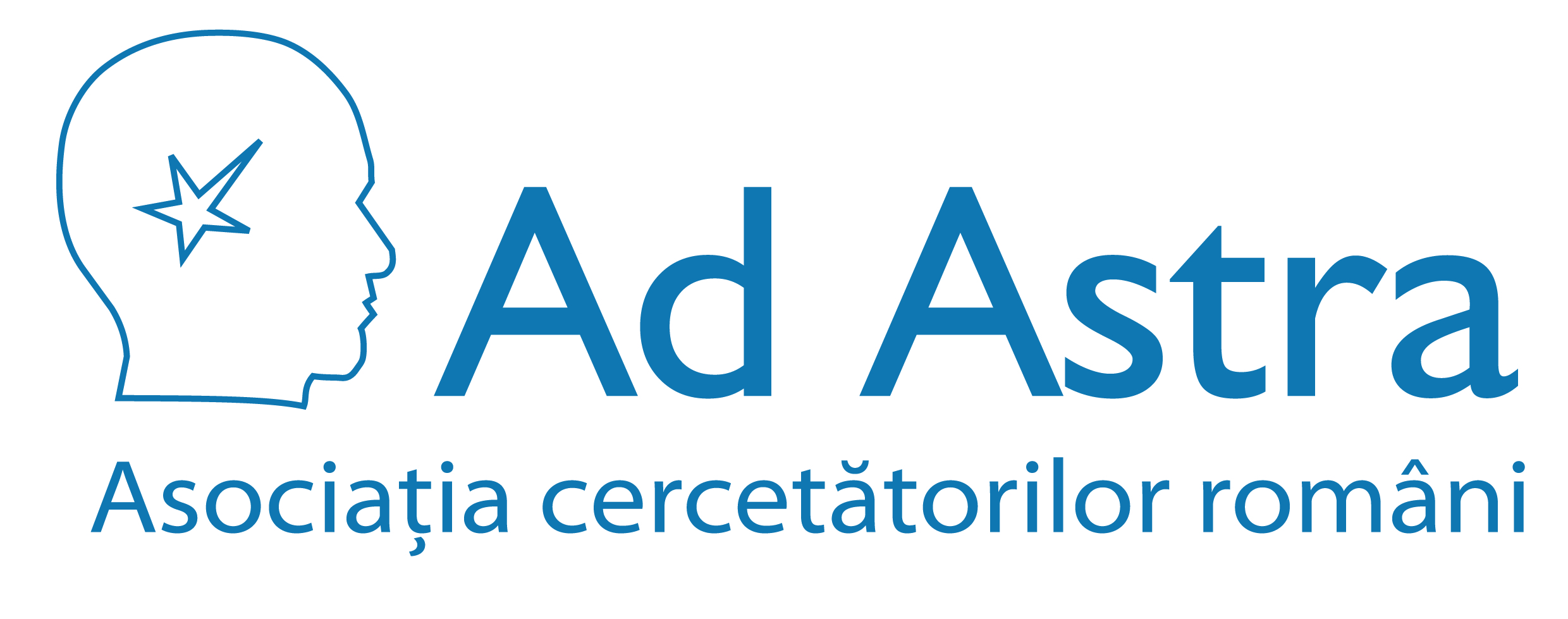Scopul nostru este sprijinirea şi promovarea cercetării ştiinţifice şi facilitarea comunicării între cercetătorii români din întreaga lume.
Staff Login
Spatially and temporally controlled electroporation of early chick embryos
Domenii publicaţii > Biologie + Tipuri publicaţii > Articol în revistã ştiinţificã
Autori: Voiculescu O, Papanayotou C, Stern CD
Editorial: Nature Protocols, 3(3), p.419-26, 2008.
Rezumat:
The introduction of in ovo electroporation a decade ago has helped the chick embryo to become a powerful system to study gene regulation and function during development. Although this is a simple procedure for embryos of 2-d incubation, earlier stages (from laying to early neurulation, 0-1 d) present special challenges. Here we describe a robust and reproducible protocol for electroporation of expression vectors and morpholino oligonucleotides into the epiblast of embryos from soon after laying (stage XI) to stages 6-7 (early neurulation), with precise spatial and temporal control. Within 3 h, about 12 embryos can be electroporated and set up for culture by the New technique; the effects of morpholinos can be assessed immediately after electroporation, and robust overexpression from plasmid DNA is seen 2-3 h after electroporation. These techniques can be used for time-lapse imaging, gain- and loss-of-function experiments and studying gene regulatory elements in living embryos.
Cuvinte cheie: gene transfer, plasmid DNA, morpholino, electroporation, chick embryo, gene regulation and function, imaging
URL: http://www.nature.com/nprot/journal/v3/n3/full/nprot.2008.10.html

